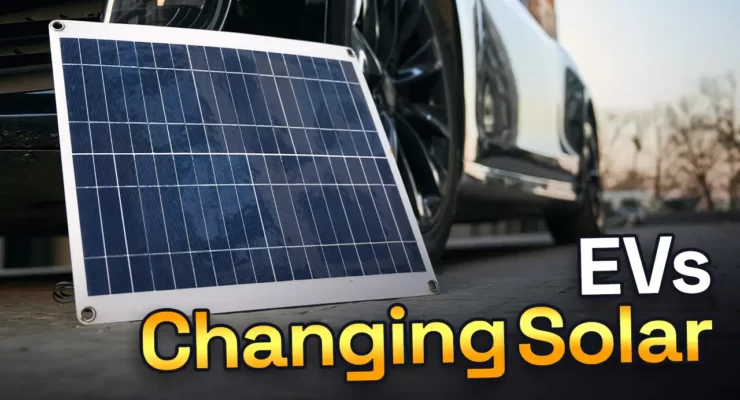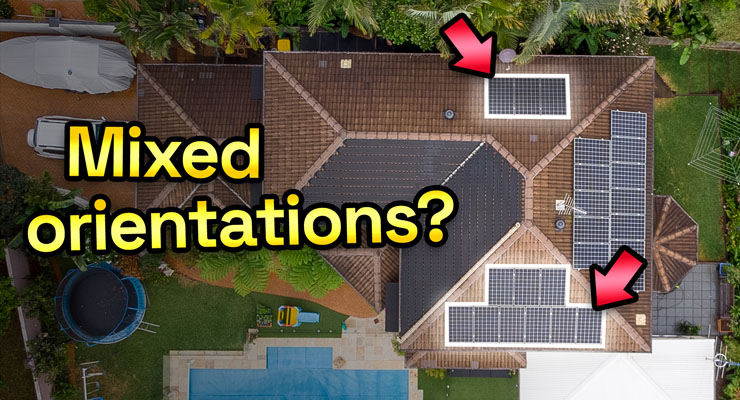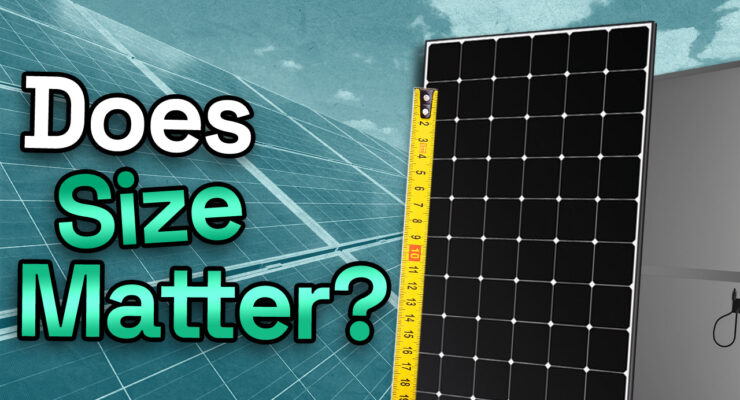
Fast read
The quantity and size of solar cells used to make a solar panel affect its size and power production. Over the past two decades, solar panels have grown dramatically in size, with the most current iteration being 87% larger than older models.
The wattage has also increased because of the increase in size, with contemporary panels delivering 400 watts instead of 175 watts for earlier generations.
The bigger size of the panels is responsible for the remaining 59% of this increase, leaving only 41% to technical advancements. The type of technology employed in the photovoltaic cells can also affect the size and production of solar panel systems, with monocrystalline technology frequently resulting in more effective panels.
What determines solar panels’ size and output?
Right now, many of the residential solar panels for sale are around 400 Watts, and a bit less than 20 years ago, a panel was 167 or 175W. One might presume that achieving more than double the original wattage involved the incorporation of numerous unique inventions into solar technology. But what exactly does this mean and does it have anything to do with solar panel efficiency?
From 175W to 400W is a significant difference in power class. A stunning 128% more substantial output number. Did we see remarkable technological inventions that will lead to similar improvements in the following decades?
And by the way – we urgently will need stunning inventions in panel technology if residential solar is to carry significant weight in the energy transition. This is because many residential roofs are not sufficiently spacious to support a solar system size needed to generate the electricity required for the home’s consumption and the electricity used by these families’ electric cars of the future. A more efficient solar panel would solve this problem.
Only about 41% of the wattage increase between the various generations is because of technical improvements, and the remaining 59% is because of a simple trick. This trick is called – increasing the panel size. Unfortunately, the 400-watt panels of today are a staggering 87% bigger than the early generations, so a lot of the power class increases are not an improvement at all.
If the original 175W panels were rebuilt to the size of today’s panels, they would have a power class of about 330W. So only the remaining 70W improvements are technological innovations.
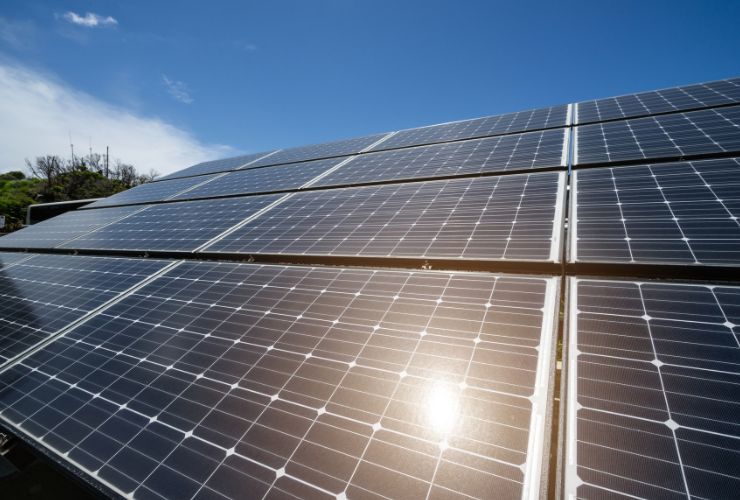
2005 – Generation 1
Two key factors directly influence the solar panel efficiency. This is the number of solar cells in the unit and the size of the solar cells. These two factors have been the basis for the changes in solar panels over the past two decades.
If we go back to 2005 and travel to where we are now, we have seen several changes in solar panels regarding the technology and the size and numbers of the individual cells within the panel. So overall, one can identify three or four different generations in this timeframe.
So in 2005, we started with a relatively small panel of about 80 centimetres wide and about 1.5 to 1.6 meters high. These panels weigh about 14 to 15 kilograms. Because of their size and weight, they were pretty easy to handle. As they developed, the maximum power you obtained from those was initially 175 Watts and 190 Watts because of improvements in cell treatment and input materials.
The individual cells in those panels were relatively small, usually around the five-inch mark, and there were 72 of them in each, and they were square.
2010 – Generation 2
Then, around 2010 to 2012, we moved to a new generation of panels and transitioned to a larger cell. The larger cell measured about six and a quarter inches or around 16 centimetres in both height and width, reducing the number of cells to 60.
So this new design had 60 cell panels, which got bigger in height from about 1.5m to 1.65. However, because the cells were more comprehensive, we also widened the board from 80cm to about 1m. So they also became heavier, from 15kg to 18 – 19 kilos.
Early panels primarily utilised monocrystalline technology in the cells, but to cut costs, manufacturers often opted for the cheaper polysilicon as the critical technology in panels from a decade ago.
We started with about 250 watts in this panel version and later moved back to the more efficient mono-silicon version. This change allowed the solar panel efficiency to go as far as about 330 340 watts, and this period from about 2010 to 2019 was also a time of panel research and innovation.
2020 – Generation 3
The next generation, the current batch that drove the wattage from 330W to 400W, is primarily because of the subsequent increase in size rather than many innovative developments.
The trick is that the cells have become more prominent again, and so have the panels. Also, they are not 60 cells as they were with the second generation, but they’ve been cut in half to reduce the resistance, leading to 120 cell models. These changes, such as half-cut cells, have increased efficiency a little (approximately 18% to 20%), as the smaller half-cut cells have a lower resistance, leading to the 400W power class.
Some solar panel manufacturers have added two rows of half-cut cells; these solar modules can go up to 440W and have 144 cells. In cell technology, we stayed with the more efficient monocrystalline.
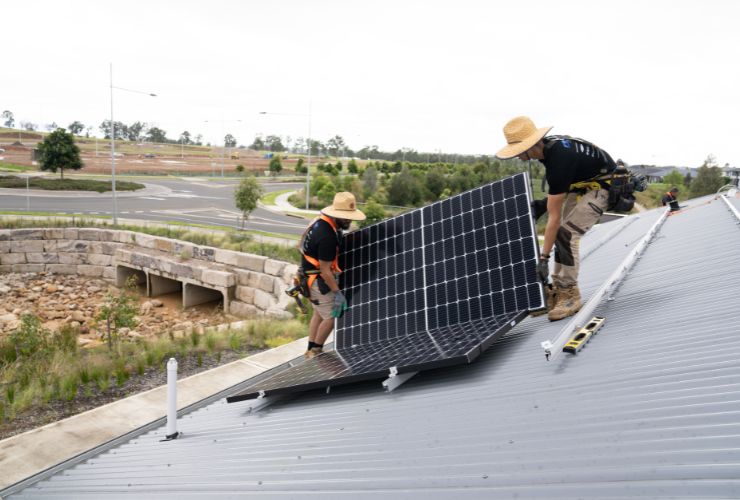
2022 – Generation 4
To increase solar panel efficiency further, there has been some development in the monocrystalline technology, whereby the original P-type cells have been improved to N-type cells, a monocrystalline form, while more expensive to produce, has increased the solar panel efficiency by another margin.
So does a solar panel’s size affect its energy output? We increased the size of the cells and panels and made some small improvements. These improvements included adding more busbars, cutting cells in half, using passivation techniques, and creating gapless interconnections.
As a result of these changes, the electron flow improved and the solar panel efficiency increased slightly. This improved electron flow and increased solar panel efficiency a little.
The new solar panels are bigger and heavier, which makes it harder for the solar panel installers. The weight per m2 hasn’t increased, but the overall weight has. In 2005 they had to carry panels weighing 15 kg, and now they have to get 22 and 23kg up the ladder. Being larger means, especially in windy conditions – it’s like taming a large, heavy sail on the roof.
Solar installers find it harder to work alone due to this change. Often, two installers are needed to safely transport solar panels on modern roofs.

